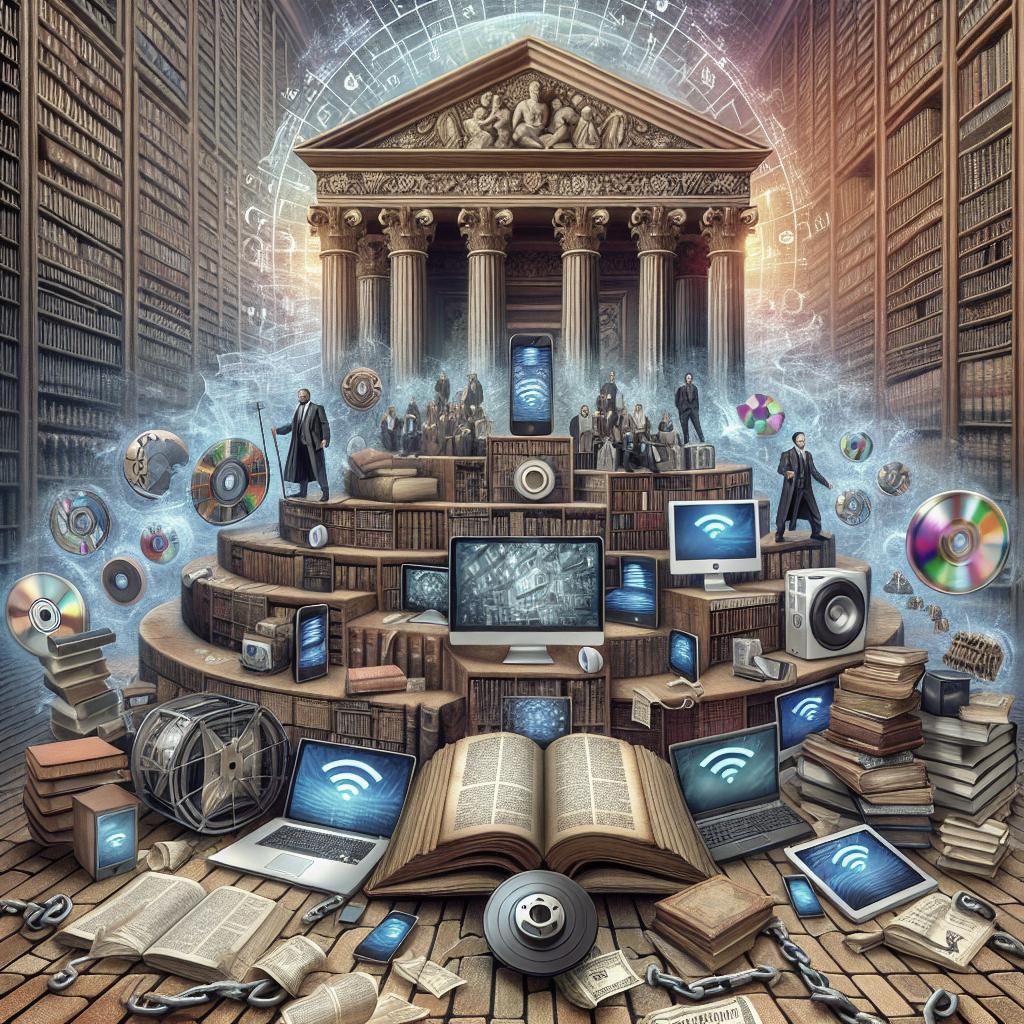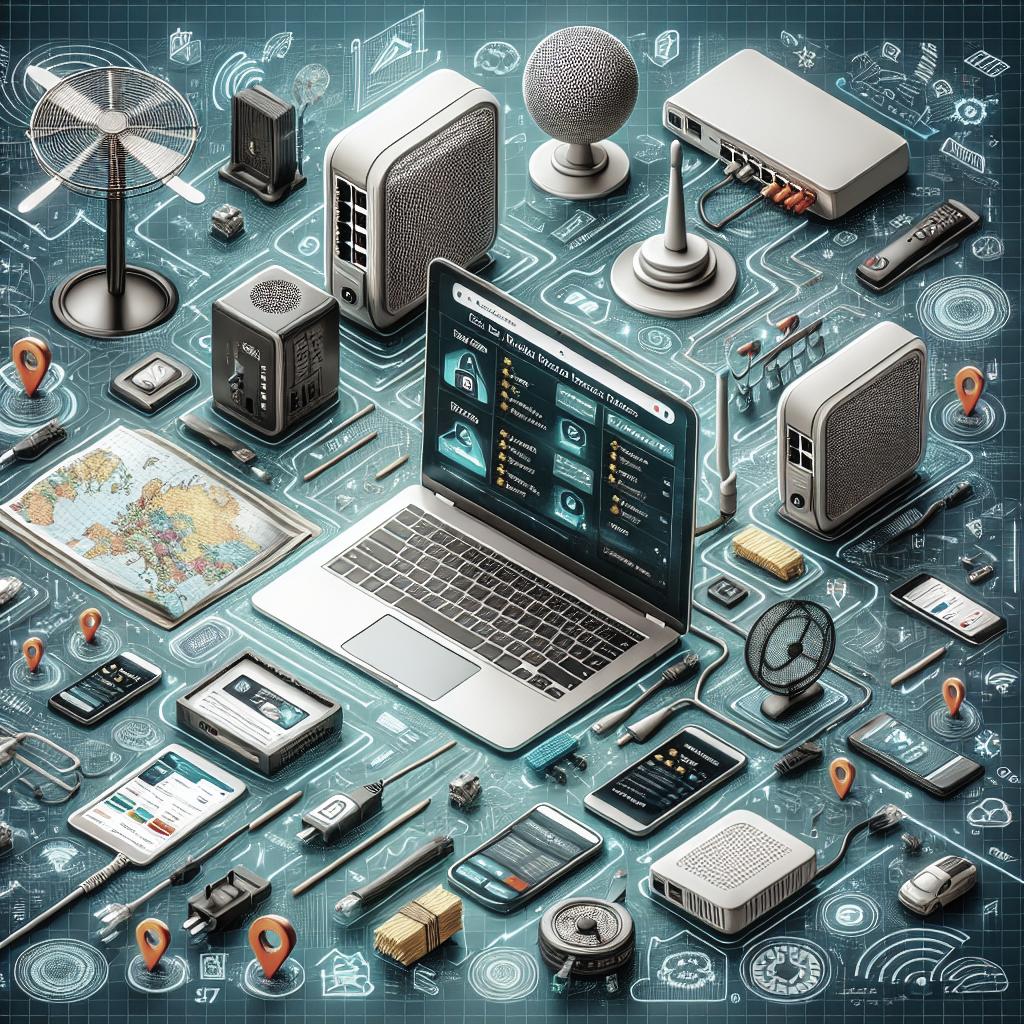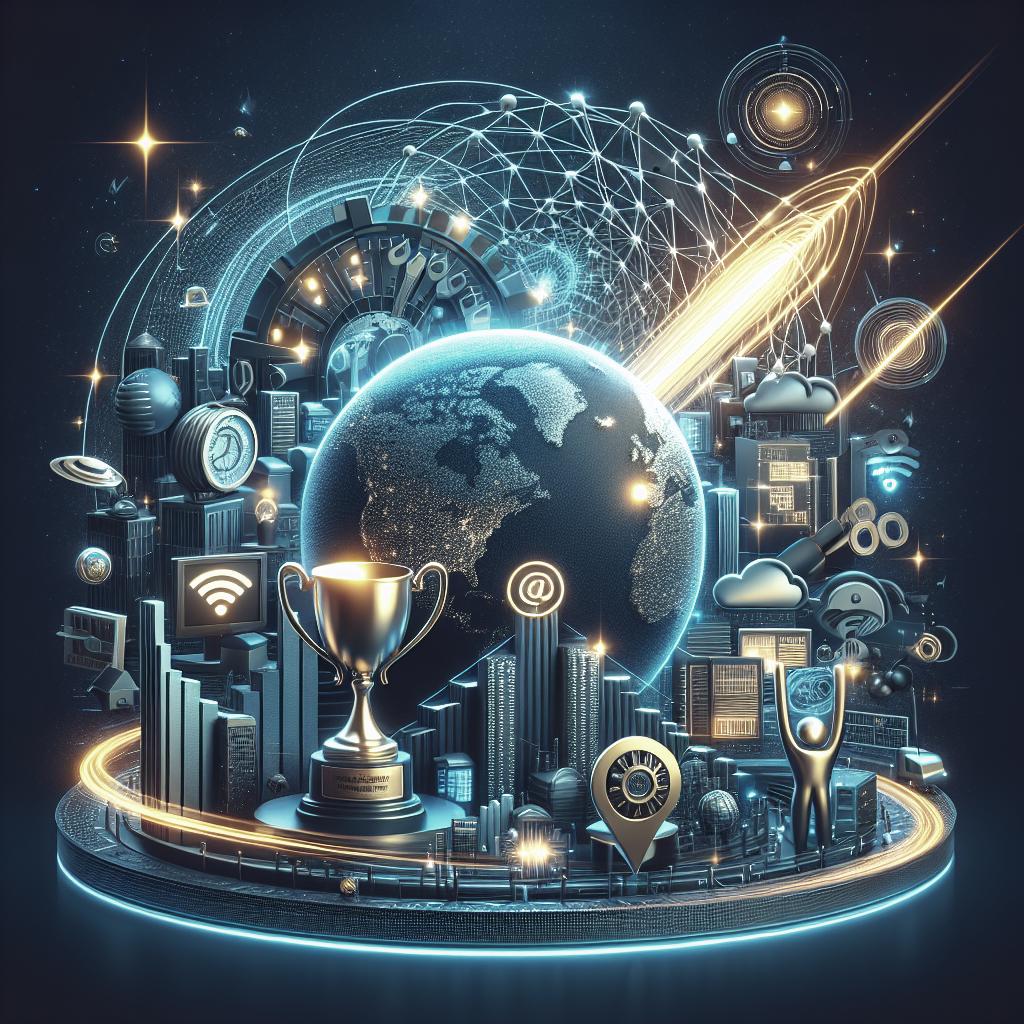The internet has fundamentally altered the landscape of copyright, triggering a transformation in how creative works are protected and how violations are detected and enforced. This blog post delves into the intricacies of copyright infringement in the digital age, exploring its definition, critical issues, and real-world examples. We will also discuss the duration of copyright protection, the legality of copyright infringement, and methods for proving such violations. Lastly, we will analyze how the rise of the internet has impacted copyright laws and examine future prospects. This comprehensive guide aims to equip you with a nuanced understanding of copyright infringement in today’s ever-evolving digital world.
Former Technology & Innovation Policy Analyst
As a former Technology & Innovation Policy Analyst, I have had the opportunity to observe close-up how digital transformations influence copyright laws. In my experience, technological advancements have outpaced traditional legal frameworks, creating significant challenges and opportunities. As companies streamline operations using the internet, the common thread among affected sectors is how intellectual property is both protected and infringed upon. Insights from this position highlight the urgent need for updated copyright laws and a more robust framework to handle the rapid changes brought on by technology. While traditional media faced piracy issues, the internet complicates matters with instantaneous sharing capabilities, anonymity, and globalization. The role of a policy analyst is crucial in driving forward legislation that can keep up with and mitigate these modern challenges. Through this lens, let’s explore how the internet reshapes copyright infringement.
What Is Copyright Infringement?
Copyright infringement occurs when a work protected by copyright is used, reproduced, or distributed without the appropriate permission from the copyright holder. This includes unauthorized copying, distribution, performance, or public display of copyrighted material. Copyright laws exist to protect the creator’s original work and ensure they receive recognition and financial compensation for their efforts. The scope of copyright infringement has widened dramatically with the advent of the internet. Nowadays, it’s easier than ever to copy and distribute content across the globe. Thankfully, there are frameworks and tools to help protect and enforce copyright laws, even in this dynamic environment. Still, staying informed about the intricacies of copyright law is essential for both creators and consumers.
Key Takeaways
– Definition: Copyright infringement involves unauthorized use of copyrighted material. – Impact of the Internet: Digital platforms have made both the breach and protection of copyright laws more complex. – Legal Framework: Understanding the laws regarding copyright is crucial for compliance and protection.
Understanding Copyright Infringement
Understanding copyright infringement involves grasping the concept of ‘exclusive rights’ granted to the copyright holder. These rights encompass the distribution, reproduction, and performance of the copyrighted material, among others. When someone infringes on these rights, they essentially violate the intellectual property of the creator. This not only impacts the economic returns for the copyright holders but also affects the integrity of creative works. The infringement can be covert, as in the case of pirated digital content shared on peer-to-peer networks, or overt, such as unauthorized commercial reproductions. Recognizing the various forms of copyright infringement is the first step toward addressing it effectively.
Copyright Infringement Issues
Technology
Technology has made it easier to both create and pirate content. Digital tools enable creators to design and distribute works globally within minutes, but the same tools can be used for unauthorized distribution. Technologies like blockchain offer potential solutions for digital rights management by providing transparent and secure tracking of copyrighted materials. On the other hand, rapid technological advancements often outpace legal frameworks, leaving gaps in protection. This dichotomy between technological capabilities and legal preparedness necessitates ongoing review and adaptation of copyright laws to prevent infringement.
International Issues
Copyright is territorial, meaning laws vary by country. This becomes particularly problematic in the age of the internet, where crossing borders is as easy as clicking a button. While international treaties like the Berne Convention exist to harmonize copyright protection, enforcement remains a challenge. The lack of universally applicable copyright laws complicates the management of digital content. In many cases, infringers exploit these jurisdictional differences to avoid penalties, making international cooperation crucial in combating cyber piracy.
Photography and Visual Assets
Photographs and visual assets are particularly susceptible to copyright infringement. The ease of copying and sharing images online means that photographers and graphic designers often see their work used without permission or credit. Stock photo platforms and digital watermarking have emerged as solutions, but these are not foolproof measures. Platforms like Instagram and Pinterest, known for visual content, face the continual challenge of policing unauthorized use. Strengthening copyright laws and employing advanced detection algorithms are essential to protect creators in this domain.
Non-Economic Rights
While economic rights focus on the financial aspects of copyright ownership, non-economic rights pertain to the moral rights of creators. These rights include the right to attribution and integrity of the work. The internet’s extensive reach can significantly impact these non-economic rights, from misattribution to harmful modifications of creative works. Recognizing and protecting these moral rights is essential for maintaining the integrity of artistic and scholarly work. The internet should not dilute the significance of attributing proper credit to creators and respecting the original form of their work.
The Internet
The internet is a double-edged sword for copyright enforcement. While it enables rapid spread and democratization of content, it also facilitates widespread piracy. The anonymity and ease of file sharing online present significant challenges for traditional copyright enforcement mechanisms. Digital rights management (DRM) technologies and proactive monitoring by content platforms are some ways to mitigate these issues. However, legal regulations must evolve in tandem with technological advancements to provide a robust framework for copyright protection in the digital age.
Real-World Examples
One prominent example of internet-driven copyright infringement is the case of Napster in the early 2000s. The peer-to-peer file sharing service made it easy to share music files, leading to a barrage of lawsuits and ultimately, the service’s shutdown. This case set a precedent and led to increased awareness and legal action against digital piracy. Another example is the continuous battle against illegal streaming sites, which offer unauthorized access to movies and TV shows. Despite efforts to shut these sites down, new ones continually emerge, highlighting the persistent challenge of curbing copyright infringement online.
How Long Does Copyright Protection Last?
The duration of copyright protection varies, generally extending for the lifetime of the author plus an additional 70 years. For collective works or anonymous works, protection typically lasts 95 years from first publication or 120 years from creation, whichever is shorter. In the digital age, this longevity plays a crucial role in ensuring that creators and their heirs benefit from the economic and moral rights associated with the work for an extended period. However, the ease of copying and distributing digital content necessitates robust enforcement mechanisms throughout this period.
Is Copyright Infringement Illegal?
Yes, copyright infringement is illegal and subject to civil and criminal penalties. Civil remedies typically include monetary damages, injunctions, and attorney’s fees. Criminal penalties can involve fines and imprisonment, particularly in cases of willful infringement for commercial advantage. In the digital realm, tracking and proving infringement can be more complex but no less illegal. Websites found to be facilitating piracy often face steep penalties, and individuals sharing copyrighted material without permission may also encounter legal repercussions.
How Do You Prove Copyright Infringement?
Proving copyright infringement involves demonstrating that the infringer had access to the copyrighted work and that the allegedly infringing piece is substantially similar to the original. This usually requires expert testimony and forensic analysis of digital footprints. Collecting metadata, timestamps, and utilizing blockchain technology for immutable records can bolster evidence in digital copyright infringement cases. Legal precedents also play a pivotal role in establishing the burden of proof and sanctions.
The Bottom Line
As we advance further into the digital era, the evolving technology necessitates equally adaptive legal frameworks. Legislators, creators, and consumers must collaborate to ensure robust copyright protection while facilitating creativity and innovation. Efforts should focus on harmonizing international laws, deploying advanced technological defenses against piracy, and emphasizing the importance of non-economic rights. The digital age has democratized content creation and distribution. However, it also requires a vigilant approach to protecting intellectual property. Through continued adaptation and cooperation, a balance can be achieved, enabling a thriving digital environment respectful of copyright laws.
| Aspect | Key Points |
|---|---|
| Technology | – Enhances creation and piracy of content – Blockchain as a potential solution – Legal adaptation needed |
| International Issues | – Copyright is territorial – International treaties needed – Jurisdictional exploitation |
| Photography and Visual Assets | – Susceptibility to infringement – Digital watermarking and stock photos – Importance of attribution |
| Non-Economic Rights | – Moral rights of creators – Attribution and integrity – Challenges of misattribution online |
| The Internet | – Rapid spread and piracy – Anonymity and ease of sharing – Need for digital rights management |


